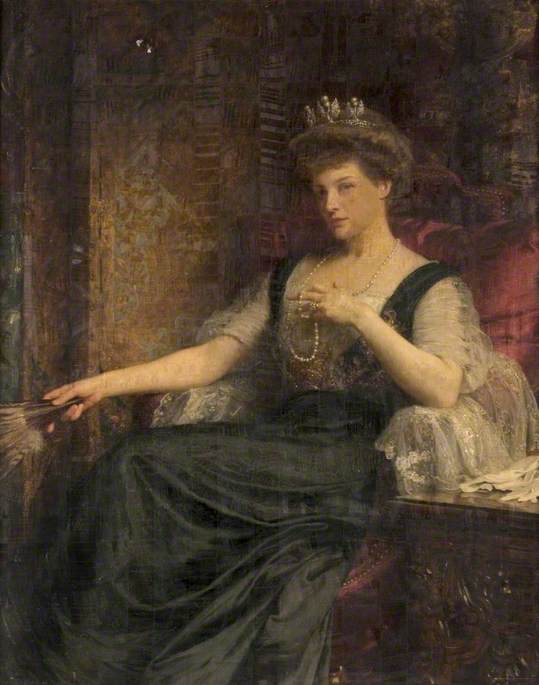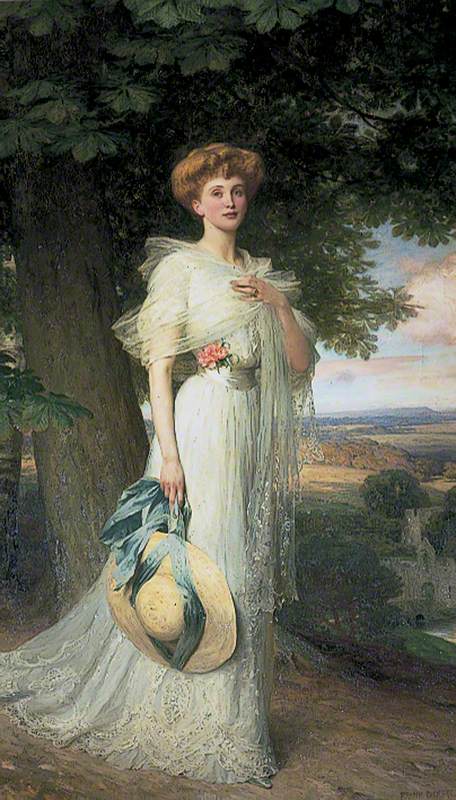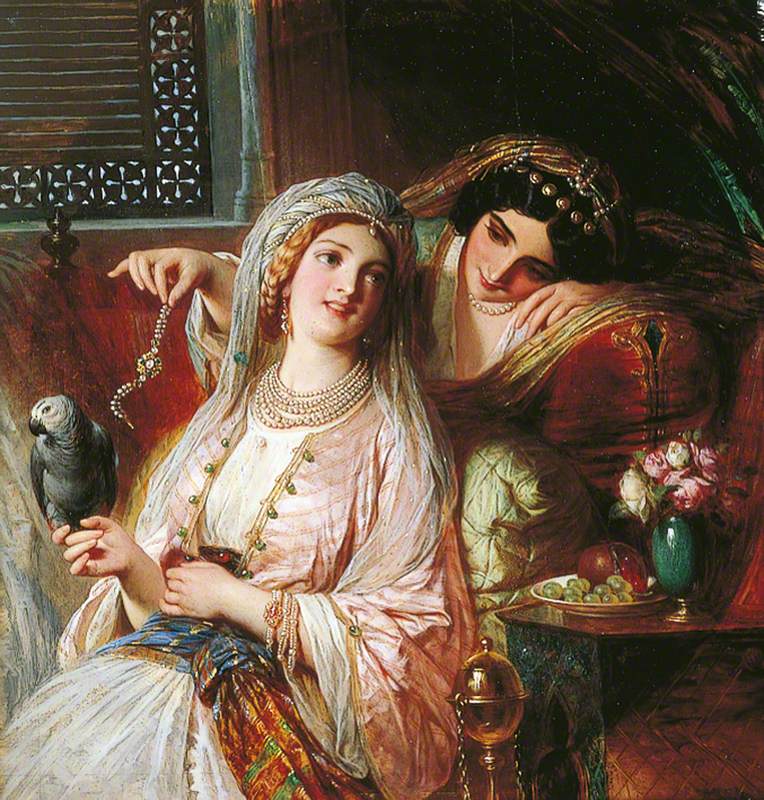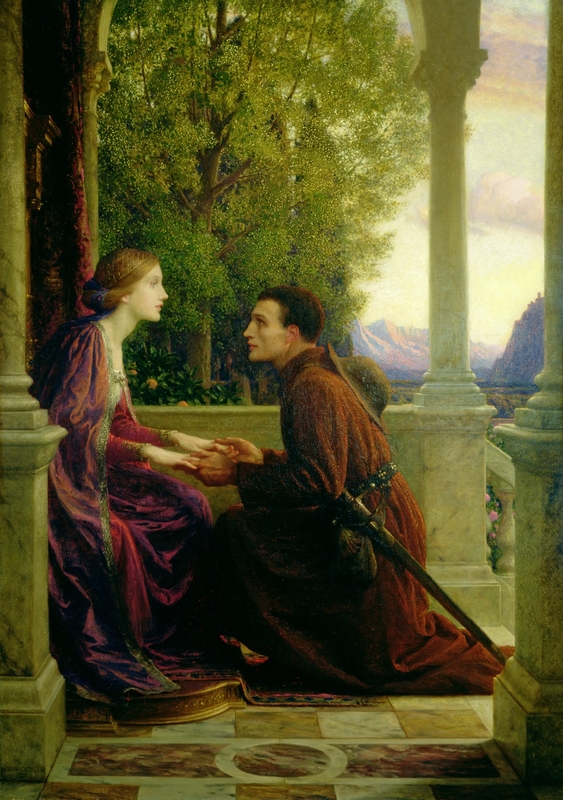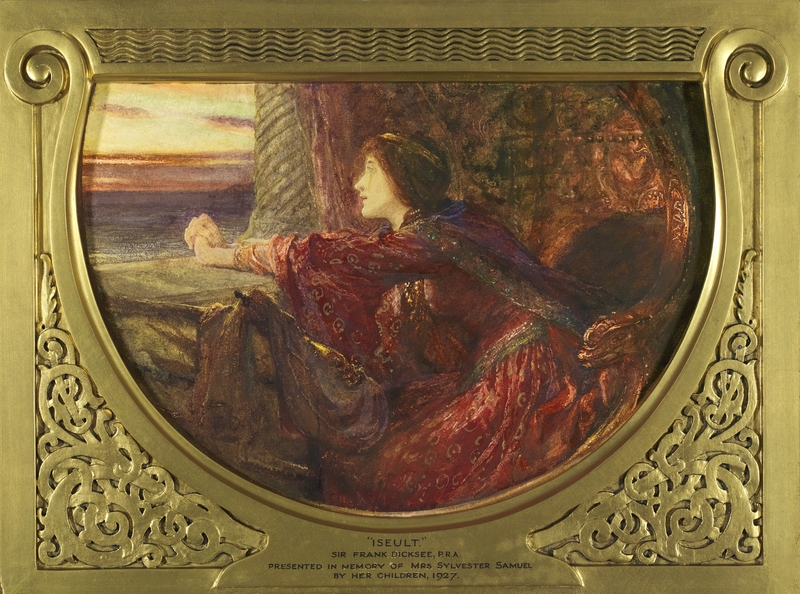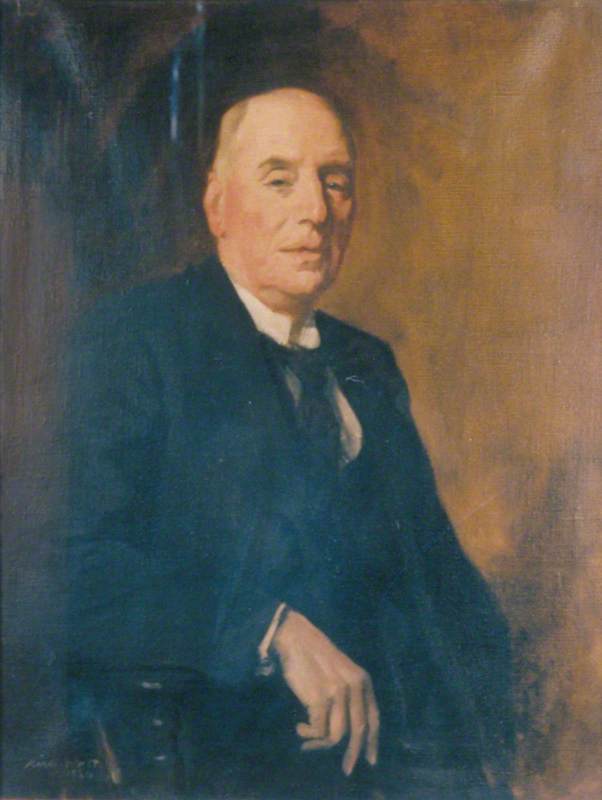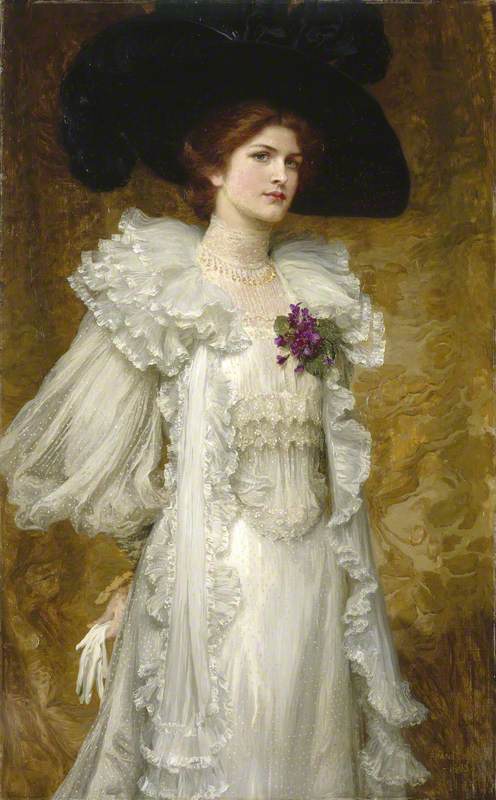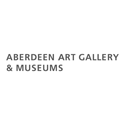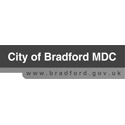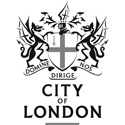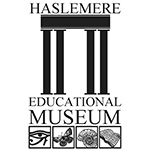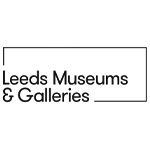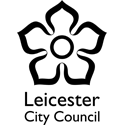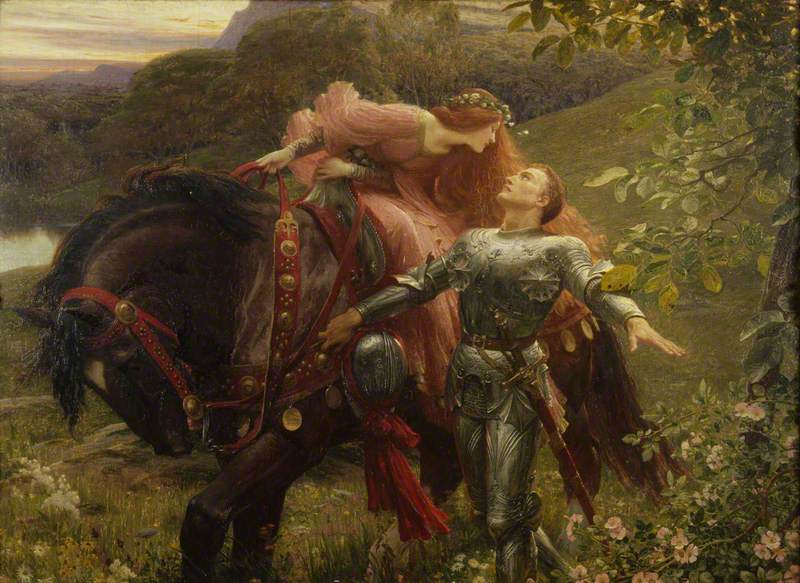
La belle dame sans merci exhibited 1902
Frank Bernard Dicksee (1853–1928)
Bristol Museums, Galleries & Archives
British painter, the best-known member of a family of artists. He specialized in romantic historical scenes (often from his own imagination rather than based on a particular event or literary source) and—in the later part of his career—portraits; he also occasionally produced scenes of modern social drama. At his best, he painted with a sumptuous technique and a feeling for bold and unusual lighting effects, but he could be rather twee. He was at the height of his esteem at the turn of the century: in 1900 he was awarded a medal at the Paris Universal Exhibition, and in the same year his pious medieval pageant The Two Crowns (Tate) was voted the most popular picture at the *Royal Academy summer exhibition. By the end of his career, however, he was regarded as distinctly old-fashioned, and when he was elected president of the Royal Academy in 1924, this was seen as a concession to his seniority rather than as an indication of his standing in the art world.
Text source: A Dictionary of Modern and Contemporary Art (Oxford University Press)
